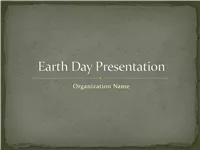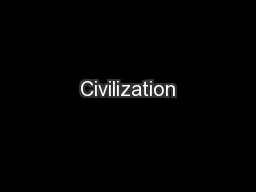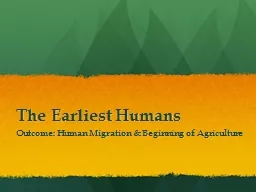PPT-In The Beginning …
Author : tawny-fly | Published Date : 2020-01-25
In The Beginning The First Civilizations amp Empires Peopling the Earth Introduction In 1879 a Spanish landlord who was an amateur archaeologist took his 12yearold
Presentation Embed Code
Download Presentation
Download Presentation The PPT/PDF document "In The Beginning …" is the property of its rightful owner. Permission is granted to download and print the materials on this website for personal, non-commercial use only, and to display it on your personal computer provided you do not modify the materials and that you retain all copyright notices contained in the materials. By downloading content from our website, you accept the terms of this agreement.
In The Beginning …: Transcript
Download Rules Of Document
"In The Beginning …"The content belongs to its owner. You may download and print it for personal use, without modification, and keep all copyright notices. By downloading, you agree to these terms.
Related Documents














